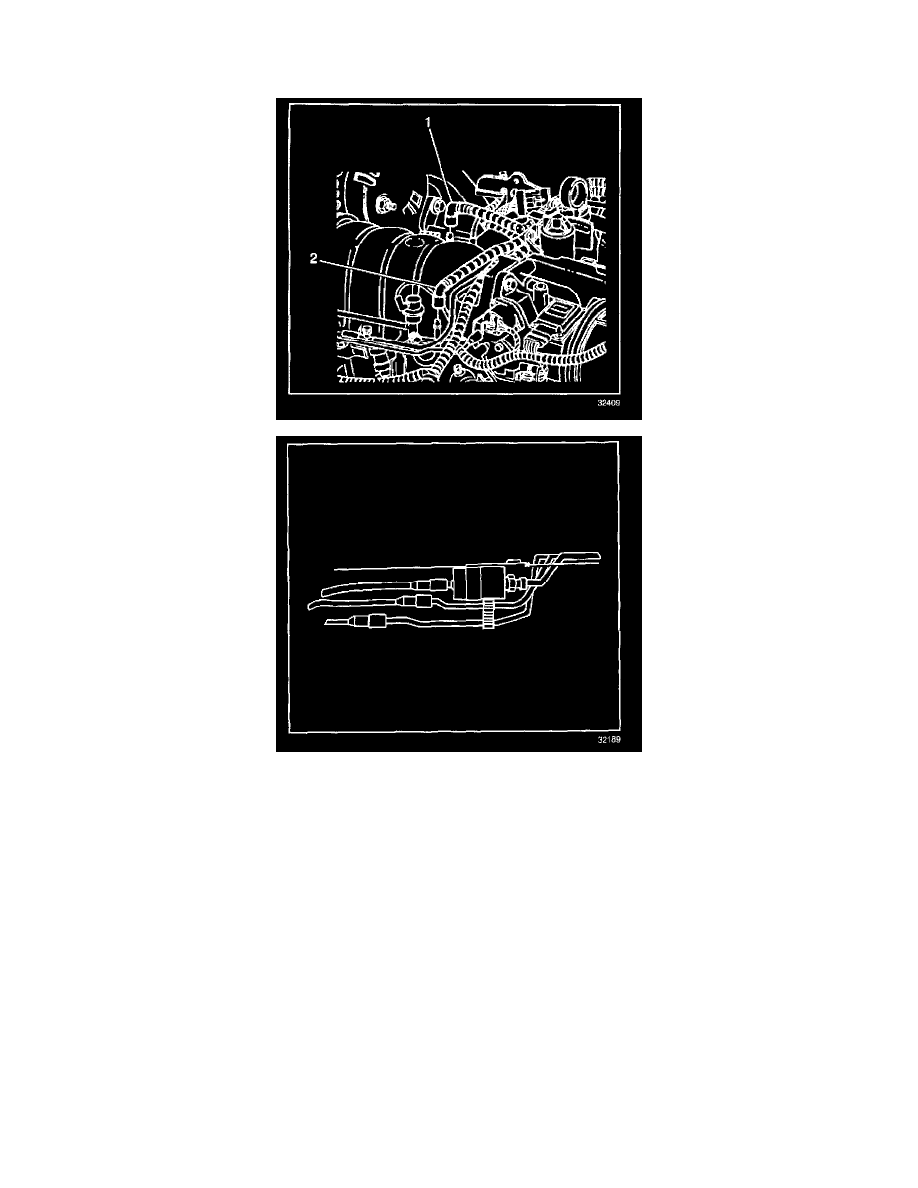Lumina V6-3.8L VIN K (1998)

Fuel Supply Line: Service and Repair
Filter to Engine
Tool Required
^
J 37088 tool set, Fuel Pipe Quick-Connect Separator
WARNING: In order to Reduce the Risk of Fire and Personal Injury:
^
If nylon fuel pipes are nicked, scratched or damaged during installation, Do Not attempt to repair the sections of the nylon fuel pipes.
Replace them.
^
When installing new fuel pipes, Do Not hammer directly on the fuel harness body clips as it may damage the nylon pipes resulting in a
possible fuel leak.
^
Always cover nylon vapor pipes with a wet towel before using a torch near them. Also, never expose the vehicle to temperatures
higher than 115°C (239°F) for more than one hour, or more than 9O°C (194°F) for any extended period.
^
Before connecting fuel pipe fittings, always apply a few drops of clean engine oil to the male pipe ends. This will ensure proper
reconnection and prevent a possible fuel leak. (During normal operation, the O-rings located in the female connector will swell and
may prevent proper reconnection if not lubricated.)
CAUTIONS:
-
Do not attempt to straighten the kinked nylon fuel lines. Replace any kinked nylon fuel feed or return pipes in order to prevent damage to the
vehicle.
-
Replace the EVAP pipes and hoses with the original equipment or parts that meet the GM specifications for those parts. The replacement EVAP
pipe must have the same type of fittings as the original pipe in order to ensure the integrity of the connection. When replacing EVAP hoses, use
only reinforced fuel-resistant hose identified with the word Fluoroelastomers or GM 6163-M on the hose. The inside hose diameter must match the
outside pipe diameter. Do not use rubber hose within 100 mm (4 in) of any part of the exhaust system or within 254 mm (10 in) of the catalytic
converter.
